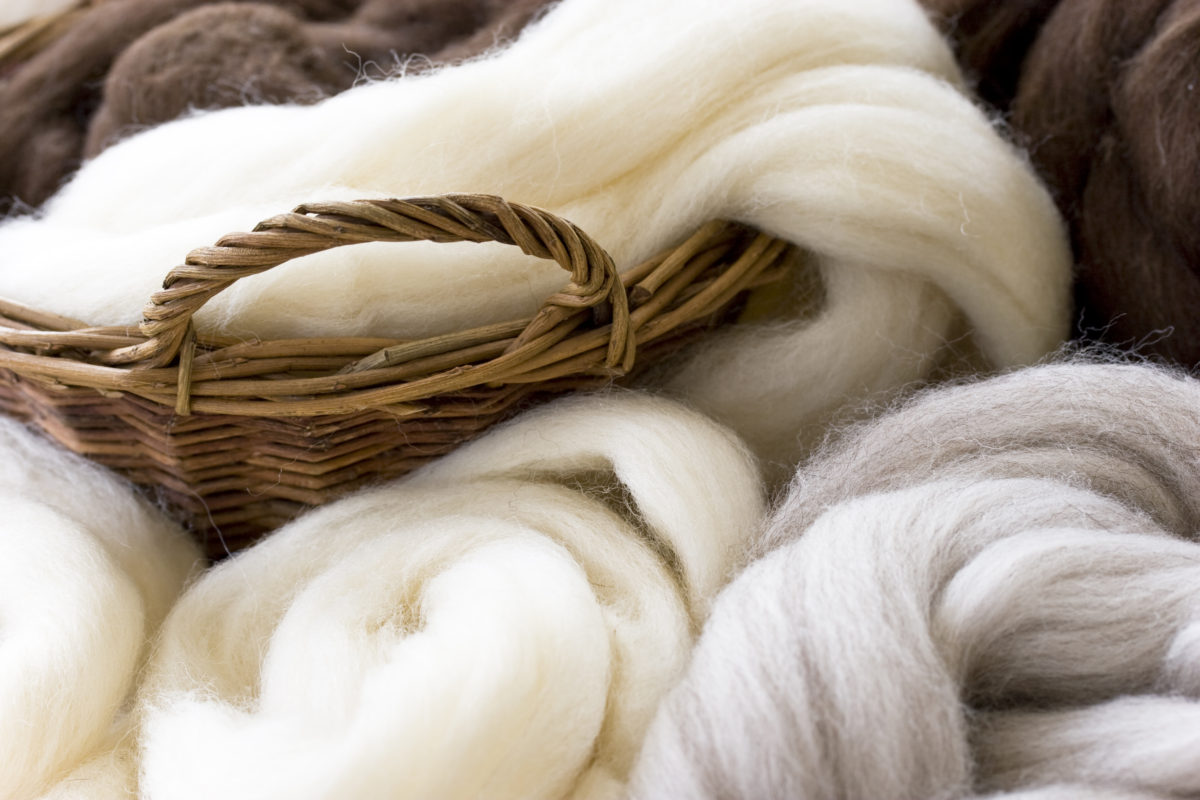
Types of wool and weaves
Types of Wool Fabric and Weave Patterns
A wool fabric is a kind of cloth produced by applying human hair which helps to absorb human heat. This fabric is usually expensive as a result of its peculiar properties. The technology utilized to produce this fabric has actually evolved and the fact that wool is expensive makes it a commodity perceived to be afforded by only the rich.
Wool has the ability to keep the body warm and possesses the ability to absorb heat. Wool fabrics and weaves have diverse colors and patterns and they are usually used to make coats, jackets, suits, and dresses.
This article aims to examine the types of wool fabrics and also take a look at popular weave patterns.
Kinds of Wool Fabric
Wool Pile Fabrics: The warp thread derives from yarns and beams are used to make the pile fabric. The wool pile fabrics are mostly woven carefully and might be cut
Knitted Fabrics: This is the fabric that is woven the fastest. It is also produced through the same pile knitting technique and stretches on its own naturally.
Worsted Fabrics: This kind of fabric has a velvety and unwrinkled appearance yet they possess the ability to last long. The leveled smoothness and strength of the wool is what makes this fabric unique.
Woolen Fabrics: Woolen fabrics are derived from fibers of wool that are not smooth and are uneven. The bulky look that the fabric has is as a result of the spinning of the fibers.
Flat woven fabrics: Flat woven fabrics are made by the process of weaving two separate threads at right angles. .
Plain Weave fabrics: Plain weaves are the most resistant to abrasion and they are the toughest because, they are produced with a high amount of intertwined and woven threads.
Twill weaves: For every 10cm, this fabric utilizes more of thread than plain weave because it makes the fabric strong even though its floats are exposed to possibility of becoming worn out.
Sateen Fabrics: Because the threads are woven to each other closely, the warp-faced outcome is known as the sateen fabric.
Double Cloth: Threads from different shaft groups are interwoven and intertwined to produce a complex pattern. To ensure the long lasting nature of the fabric is not tampered with, the two parts of the fabric are crossed at a frequent rate.
Jacquard Weave: This is produced through the use of electronically programmed Jacquard looms and mechanical looms. The fabric is known to be created through the punch card system.
Beaver Wool: The Beaver cloth material is an over coating with weighty wool and compressed to look like beaver fur.
Sheep’s Wool: Sheep’s wool is the normal wool that Is made from the fleece of sheep.
Merino Wool: Merino wool is wool that is made from the breed of sheep known as Merino and has a soft feel and a soft look as well. It is known to be expensive but is quite popular from its strong ability to resist peeling.
Mohair Wool: Mohair wool is made from the Angora goat bread, quite coarse and uncomfortable as it tends to itch once you wear it directly on your skin.
Angora Wool: Angora wool is produced from the hair of the Angora rabbit breed and it’s most eminent quality is the texture and feel of its fluffy surface. It is quite expensive because of the breed of rabbit it is gotten from. To ensure the strength of this wool, it is usually combined with nylon.
Cashmere Wool: Cashmere is a type of wool that is also expensive but is tender in texture. The Cashmere wool is made from the fleece extracted from some special parts of the Cashmere goat which is why is it is highly sought after and costly.
Alpaca Wool: The Alpaca wool is gotten from the hair of the Peruvian breed of the Alpaca but it can also be found in the identical fibers of Mohair, top quality English wool or that of the Icelandic breed of sheep. The Alpaca fleece is a tender, silky, glossy and sophisticated natural fiber which is warmer than usual wool and doesn’t cause itching on the skin.
Camel Wool: Just like other expensive wool fabrics, it is very soft, long lasting, smooth and light with a warm texture. Most clothing producers usually let the camel hair fabric remain as it was naturally but the color can be changed and dyed to navy blue or dark brown. It is quite expensive and rare to harvest so it is usually mixed with the sheep wool to make the wool easier and reduce the economic burden on the producers.
The best camel haut is derived from the Bactrian two hump camel which hails from the chilliest parts of China and Mongala when the camel begins to molt instead of the usual sheering or clipping method. The camel hair breed is used to produce different kinds of suits, coats, sweaters, gloves, blazers and skirts. It has very soft and even fibers with a very appealing golden brown color. It is also very smooth, long lasting and light.
There are different kinds of wool around the world. Some with light weight, some a little heavier, some uneven and some of even consistency, some expensive and some not so expensive. All kinds of wool from different sources have been used to produce a lot of pieces that we can incorporate into our personal style.
Recent Posts

